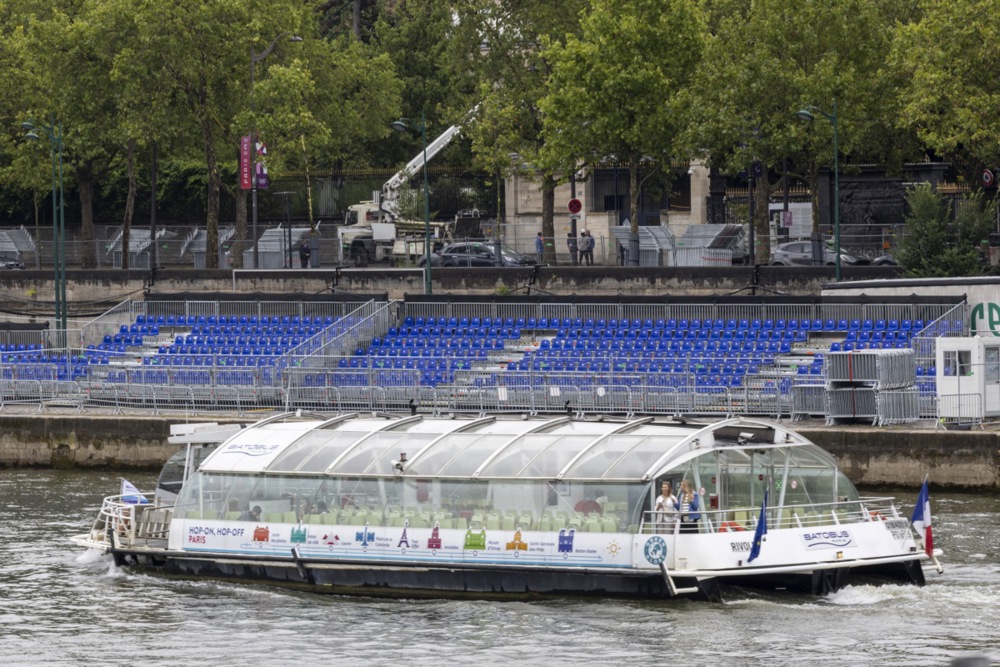The European Union has unrealistic goals for renewable hydrogen energy, despite close to €20 billion in funding, says the EU’s financial watchdog.
The EU is “unlikely to meet its 2030 targets for the production and import of renewable hydrogen”, as “challenges remain all along the hydrogen value chain”, the European Court of Auditors writes in its latest report.
The European Commission projected renewable hydrogen demand would reach 20 million tonnes by 2030. However, the actual demand is likely to fall short of 10 million tonnes, less than half the target, say the auditors.
“The EU’s industrial policy on renewable hydrogen needs a reality check,” said Stef Blok, in charge of the audit.
The EU should “decide on the strategic way forward towards decarbonisation without impairing the competitive situation of key EU industries or creating new strategic dependencies”, added Blok.
?️ “The EU’s industrial policy on renewable hydrogen needs a reality check.
The EU should decide on the strategic way forward towards decarbonisation without impairing the competitive situation of key ?? industries or creating new strategic dependencies.”
— European Court of Auditors (@EUauditors) July 17, 2024
The Court of Auditors stresses renewable hydrogen energy can still help the EU meet its 2050 climate goals of zero carbon emissions, and reduce reliance on Russian fossil fuels.
Renewable or “green” hydrogen has significant implications for the future of key EU industries. It can help decarbonise hard-to-electrify sectors like steel production, petrochemicals, cement, and fertilisers.
But the European Commission’s targets for 2030 are “overly ambitious” when it comes to producing and importing renewable hydrogen, say the auditors.
“These targets were not based on a robust analysis, but were driven by political will,” the Court of Auditors comments.
Worse, the Auditors note, the rollout of the EU plans has not gone well.
The Commission’s targets and goals of Member States are not aligned, and the Commission’s coordination efforts failed to unite Member States’ interests with industry stakeholders.
On the upside, the legal framework is almost complete, with the Commission formulating the needed legal drafts in a short period of time, the report says.
This legal framework offers crucial market stability, needed to foster a new industry.
However, “agreeing on the rules that define renewable hydrogen took time, and many investment decisions were deferred. Project developers also defer investment decisions because supply depends on demand, and vice versa,” the auditors note.
Developing the EU’s hydrogen industry demands substantial public and private investment. However, the Commission lacks a comprehensive overview of funding needs and available resources, they add.
The auditors estimate the EU is funding €18.8 billion between 2021-2027, dispersed across multiple programs.
This fragmentation, they say, complicates companies’ efforts to identify optimal funding sources for their projects.
It remains uncertain if the EU will ever realise its hydrogen production potential, the Court of Auditors concludes.
Moreover, it’s also unclear public funding will be adequate to support transporting green hydrogen from the EU’s high-production regions to areas with significant industrial demand.
Portugal is heading for a probable snap election after Prime Minister Antonio Costa unexpectedly ended his eight-year tenure amid a probe into possible corruption involving lithium and hydrogen projects. https://t.co/7ghFi1xPT2
— Brussels Signal (@brusselssignal) November 8, 2023
The EU’s hydrogen goals “are not binding targets, but rather an indication of the potential role of hydrogen in the replacement of Russian fossil fuels,” a Commission spokesperson told Brussels Signal.
“The Commission stands by the ambition to produce 10 million tonnes of renewable hydrogen within the EU and import 10 million tonnes of renewable hydrogen by 2030, but recognises the challenges in scaling up the hydrogen value chain.”
The spokesperson added that “the ongoing process of Member States submitting their final National Energy and Climate Plans (NECPs) is key for us to understand where we stand in terms of meeting our ambitions.”
“The current confirmed project pipeline, within the EU and internationally, is insufficiently advanced”, admitted the spokesperson.
Still, “scenarios from many different stakeholders indicate that demand for renewable hydrogen will continue to grow in the current decade, and even more so in the period between 2030 and 2050.”
According to the spokesperson, the assessment supporting the Commission’s 2040 climate target plan foresees higher renewable hydrogen consumption and will meet the EU’s decarbonisation objectives in the most cost-effective way by 2050. “So hydrogen remains a solid investment.”
Regarding the necessary reality check the financial watchdog says is needed, the spokesperson says, “the reality is that the Commission has played a critical role in stimulating the development of the hydrogen market in Europe. And there are many projects hitting the ground, and funding flowing from different sources, as should be the case.
“Right now, there are 254 renewable hydrogen projects in the EU, of which 170 in operation and 84 under construction. With the implementation of the renewable hydrogen production projects selected in the first pilot auction under the European Hydrogen Bank, capacity is expected to more than double.”
Hydrogen, produced from water or natural gas, offers a possible path to making the EU’s heavy industries greener. Renewable hydrogen can be made using renewable energy or biomass.
But the production costs are still high, and today it meets only a small part of Europe’s energy needs.
Eurocrats have expressed concern over the failure of private industry to ramp up their production and use of “green” hydrogen. https://t.co/92WhXifFVL
— Brussels Signal (@brusselssignal) June 4, 2024





